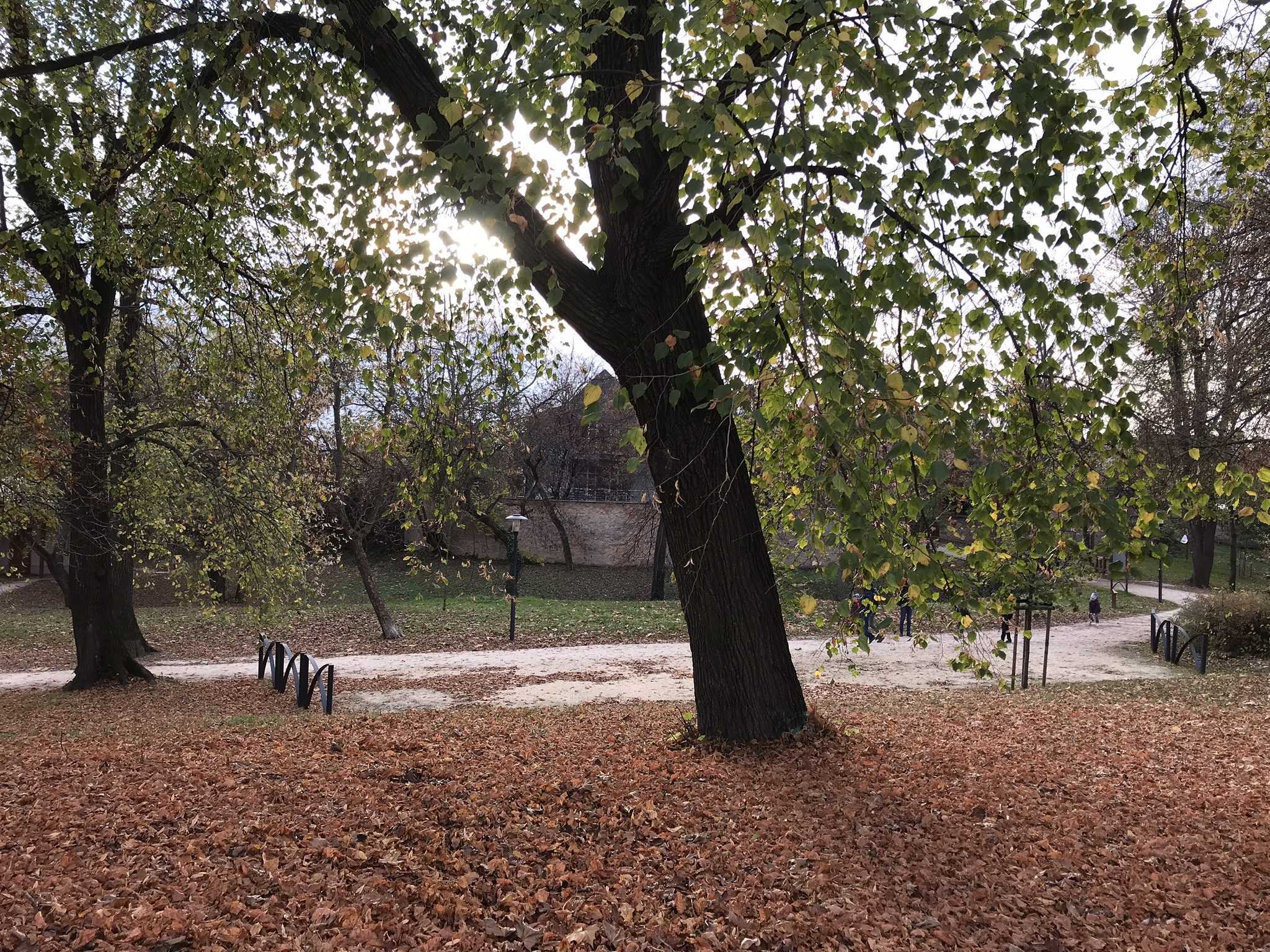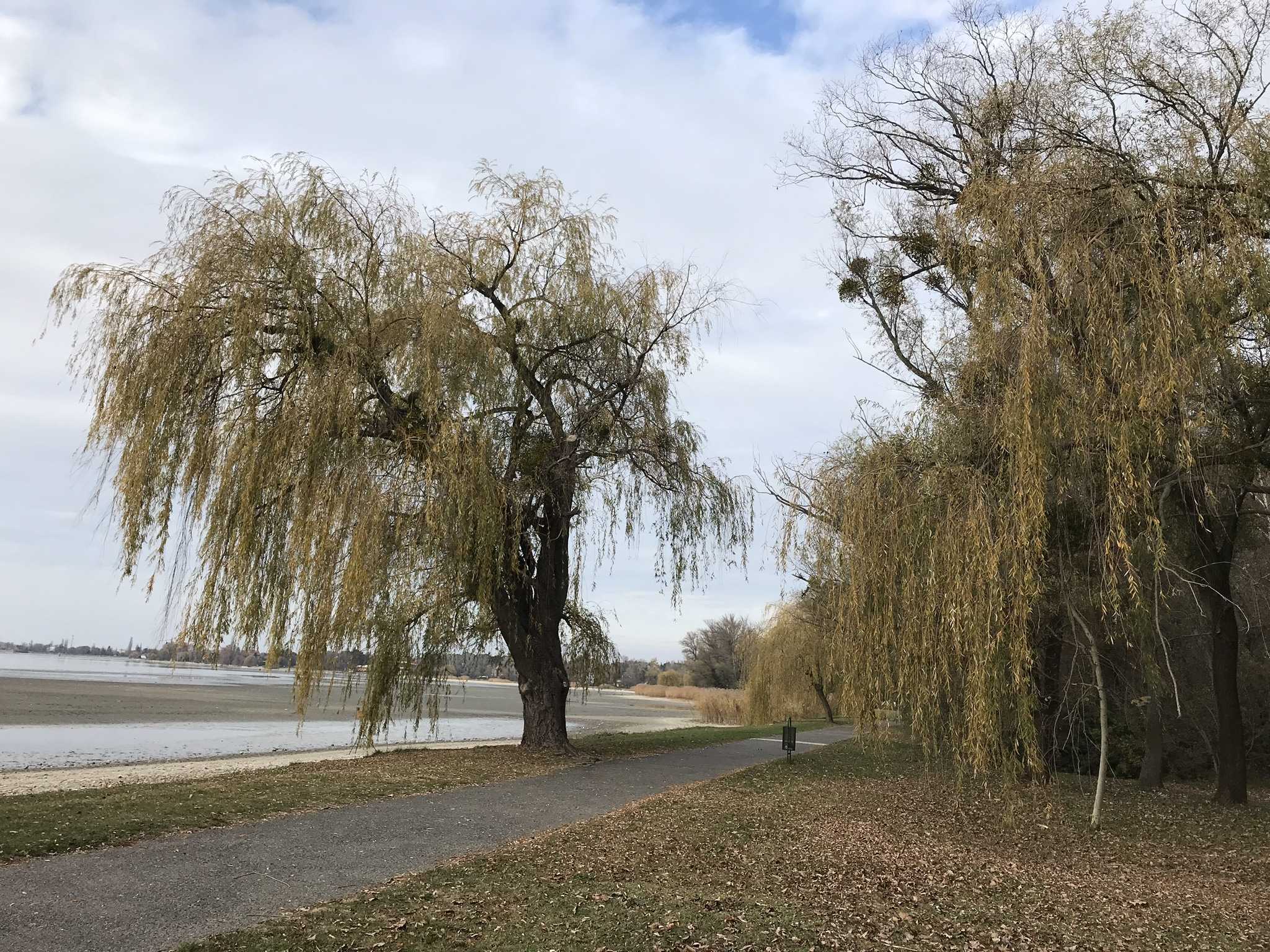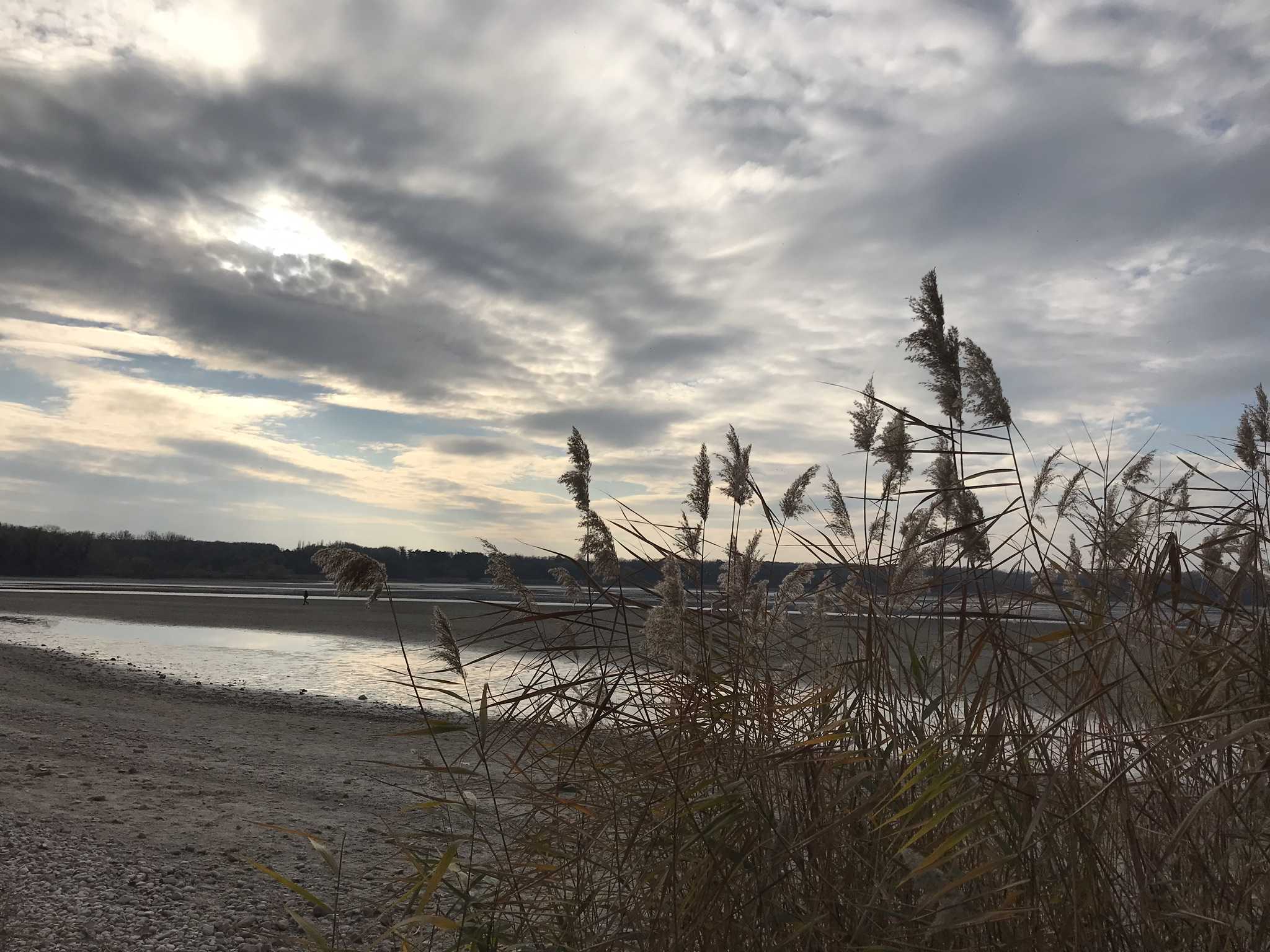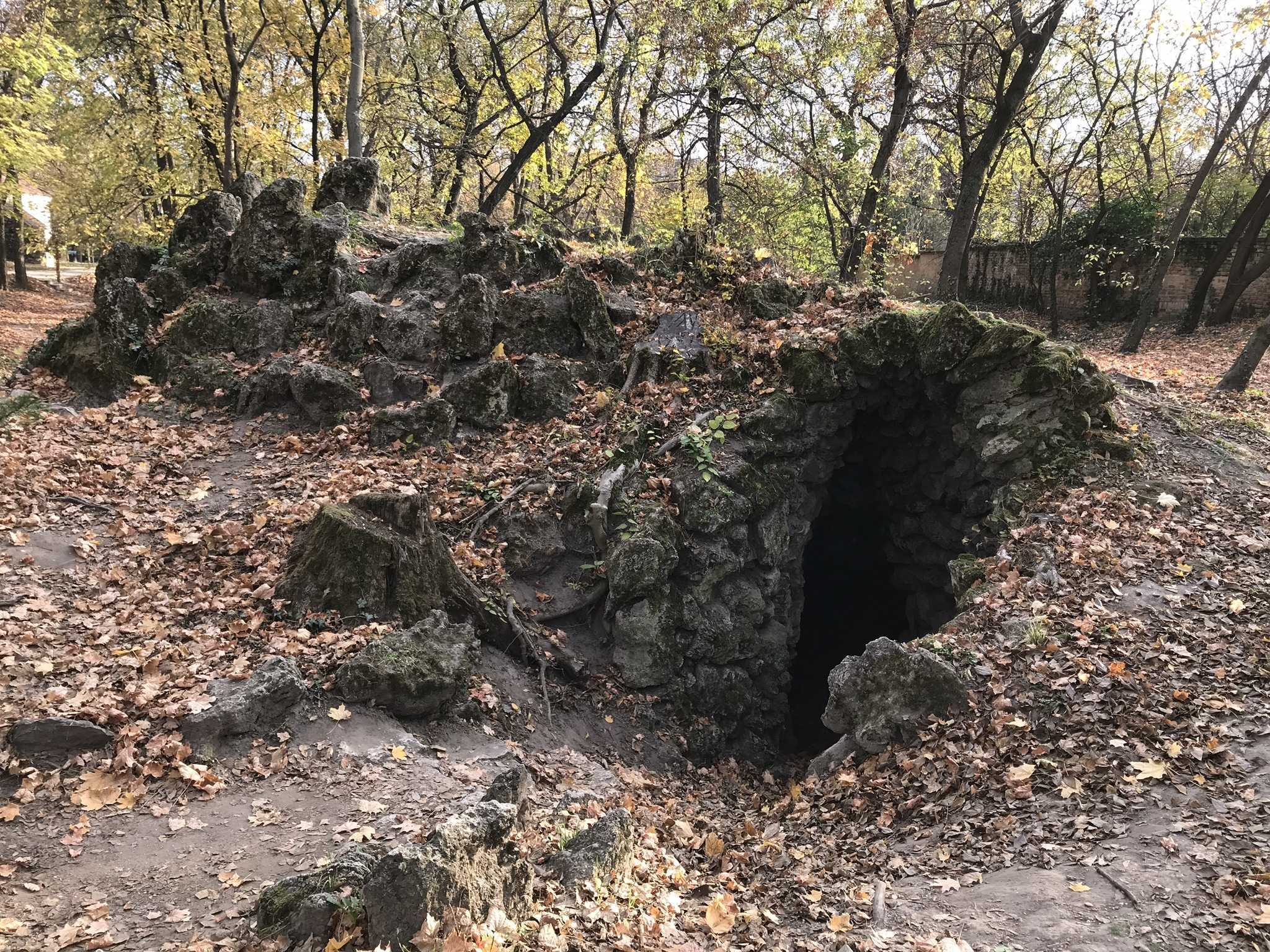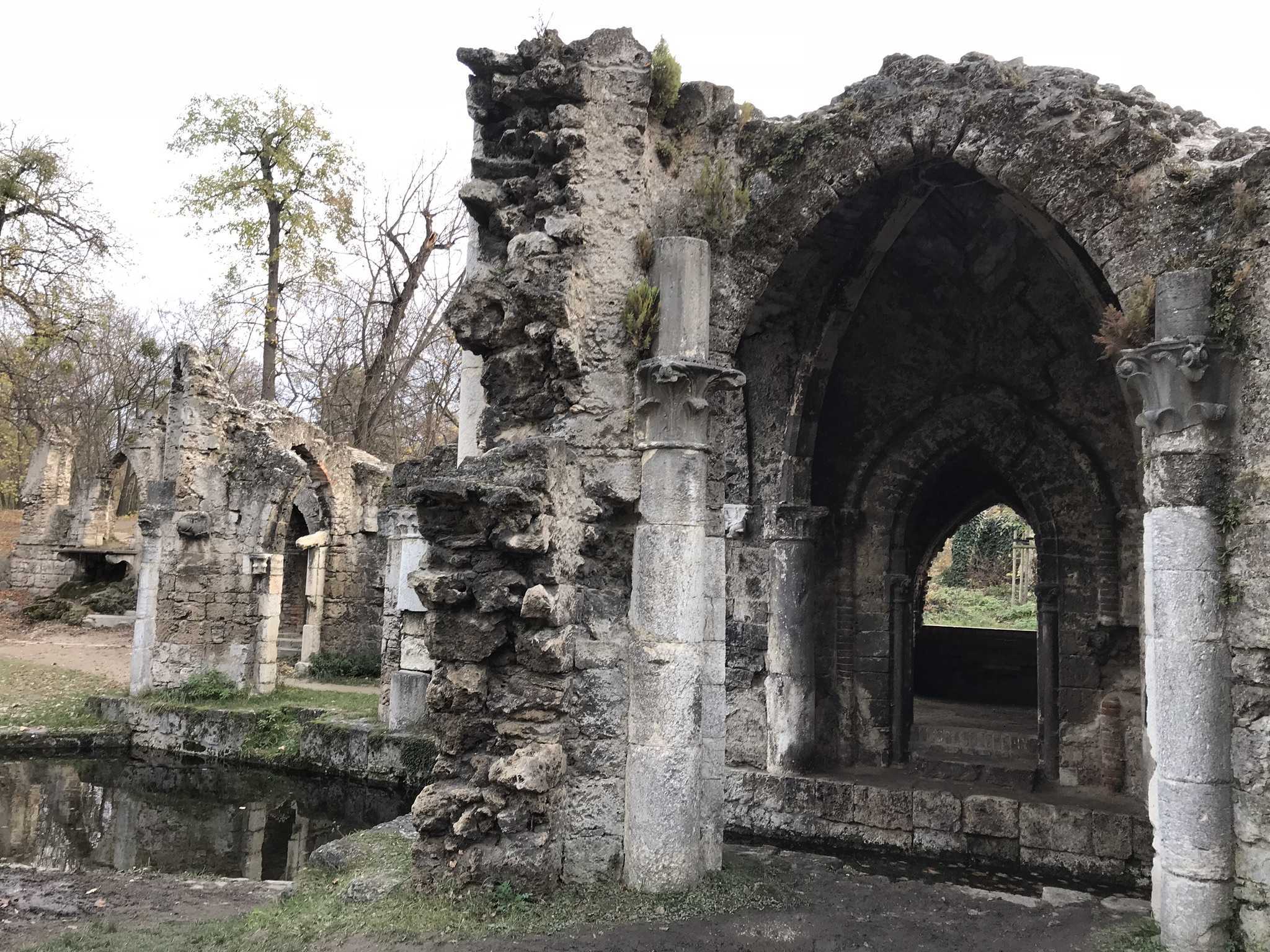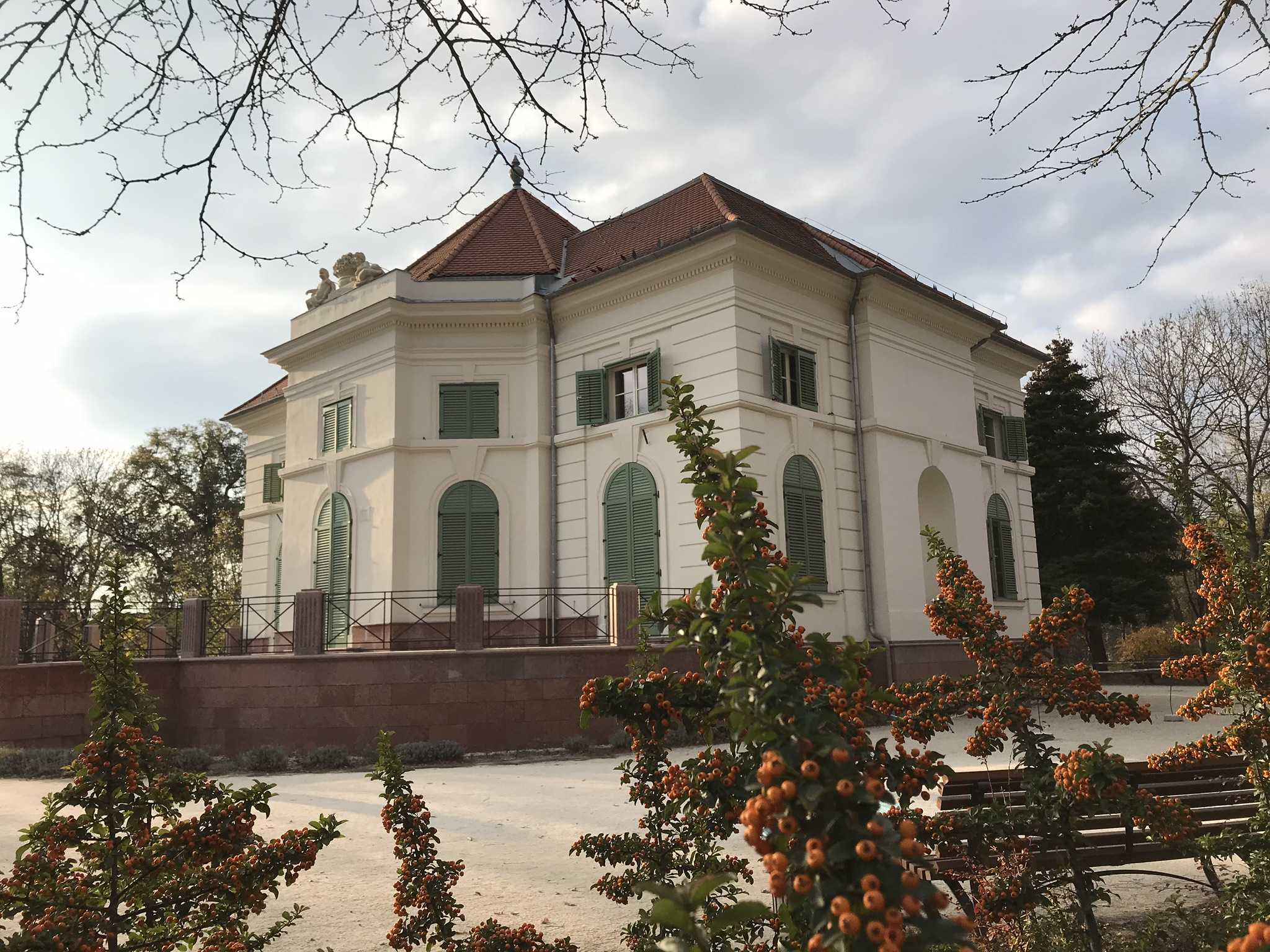On one of the last sunny weekends of November, I took a short trip to Tata in Hungary to see the water castle and the Old Lake as primary attractions. In late autumn, the area around the city and the lake is less crowded, I like walking in silence and undisturbed. Now I didn’t get the chance to do that, because the migratory birds were gathering in the middle of the lake with a lively noise. Like Nils Holgersson, I followed in the footsteps of the wild geese and ventured as close to them as the muddy, perch-baked bed enabled. Without a professional camera, I couldn’t take a close-up of them, but trust me they were wild geese. In this connection, I read the good news that the municipality of Tata banned the use of fireworks between 1 November and 28 February in order to protect the calm and protection of migratory birds. Long live such initiatives! After a mandatory walk around The Old Lake, there were still a few hours until sunset. What can we do in Tata when it’s late November and almost 0 degrees?! We got some tips from the locals to have a look at Lake Cseke and English park, saying it is nice and worth visiting. We arrived here after a good 30-minute walk. After entering the gate and we immediately found ourselves in a charming, idyllic garden. The park itself is not artificial, it’s natural, but it shows that the praising the work of professional hands.
The pavement roads lead squeaky between the trees, occasionally interrupted by a cave. I immediately wondered what a valuable archaeological ruin is here? I was always good at history, but somehow I didn’t have a clue. Then I read the sign next to it that this isn’t a real cave, it’s an artificial one!? Why would someone build a cave for art purposes? The answer is that as a symbol of rebellion. As I previously mentioned it is an English park, based on the philosophy of the Enlightenment. It was in contrast to all the ideas of the past, including absolutism. At the time of its construction (the 1780s), the Tata English Garden became famous throughout the European continent with its modern and astounding garden ingenue. Let’s see what they are.
Artificial cave
Between 1785 and 1789, the artificial caves, or Grots, were born in the spirit of sentimentalism. These were not inhabited by our ancestors, however much my first thought was, but they undoubtedly give the appearance of romanticism. In addition to their aesthetic nature, the caves were used for cooling, making it easier to endure the summer heat. Someone left a red envelope in the cave. Although I didn’t open it, I suppose it might be a geocaching game or a love message.
Artificial ruins
No, these ruins are not from Roman times. They were built in 1785 from the medieval carved stones of the Abbey of Véresszentkereszt and from the tombstones of Szőny. According to the information charts: the symbolizes the sunken beauty, the mood of a bygone era, the timeless image of destruction. The work has achieved its purpose: with the 24 leaf-ordained columns and a relief tombstone, the visitor can indeed be part of time travel. 
Roman bath
Tata is the city of waters, so we couldn’t leave out the bath ruins from our short trip. This place was already a bath in the era of Matthias King and was converted into a Roman bath ruin at the suggestion of Ferenc Esterházy. In addition to the artificial ruins, there are many other magnificent structures in the Tata English Park, such as the Turkish Mosque, palm house, summer house or the Cseke Lake itself. On the shore, you can enjoy romantic walks in the shade of romantic figs. The sad willow trees were the symbol of the romantic era, and for the first time in Hungary, they were planted here. In remembrance of the trip, I romantically rebel against the fact that tomorrow is December and the autumn is finally over. I bid farewell to my favorite season with my favorite poetry:
A kirándulás emlékét felidézve romantikusan lázadok az ellen, hogy maholnap december van és végérvényesen véget az ősz. Búcsúzom hát kedvenc évszakomtól az alábbi gondolattal:


